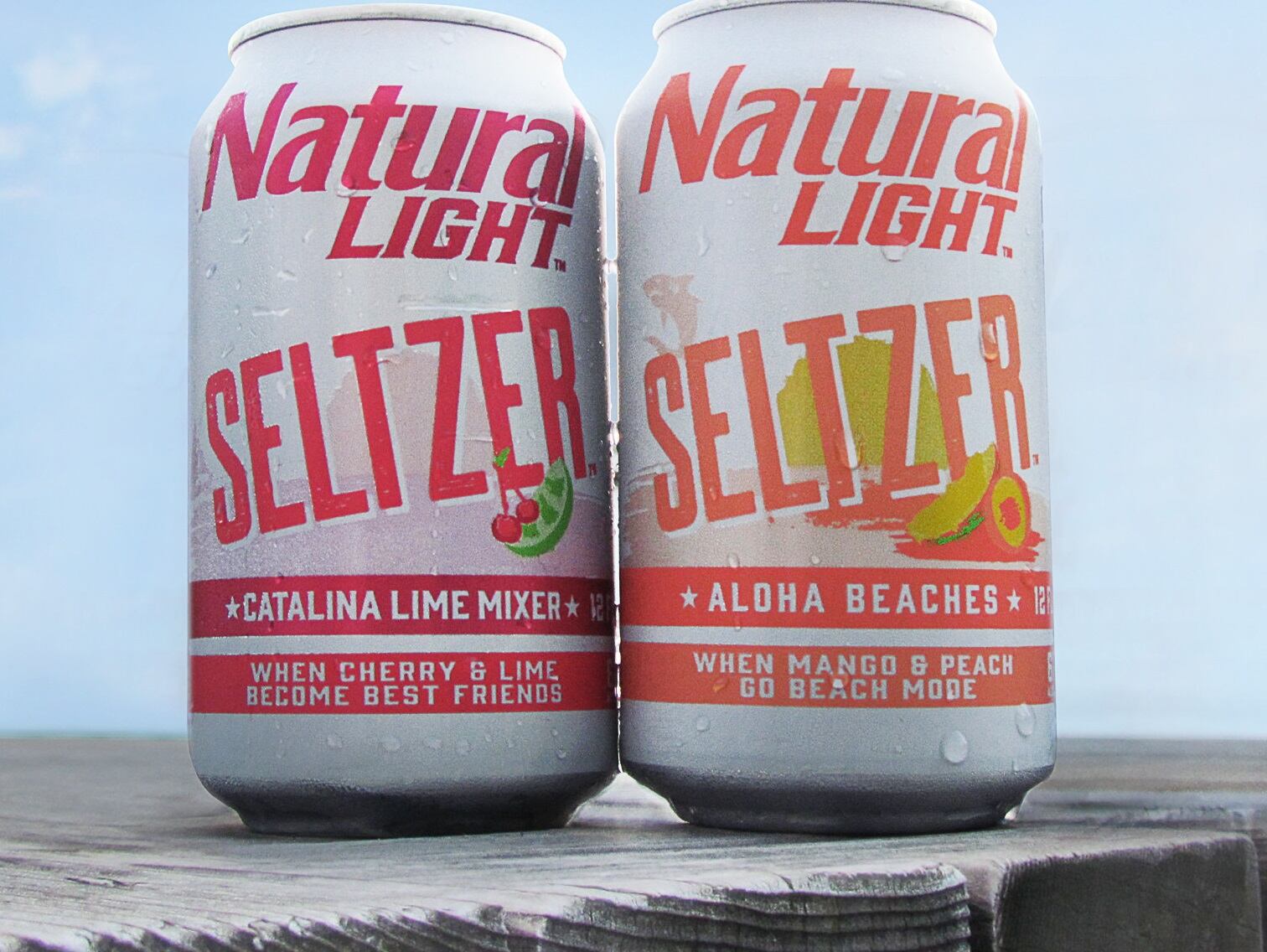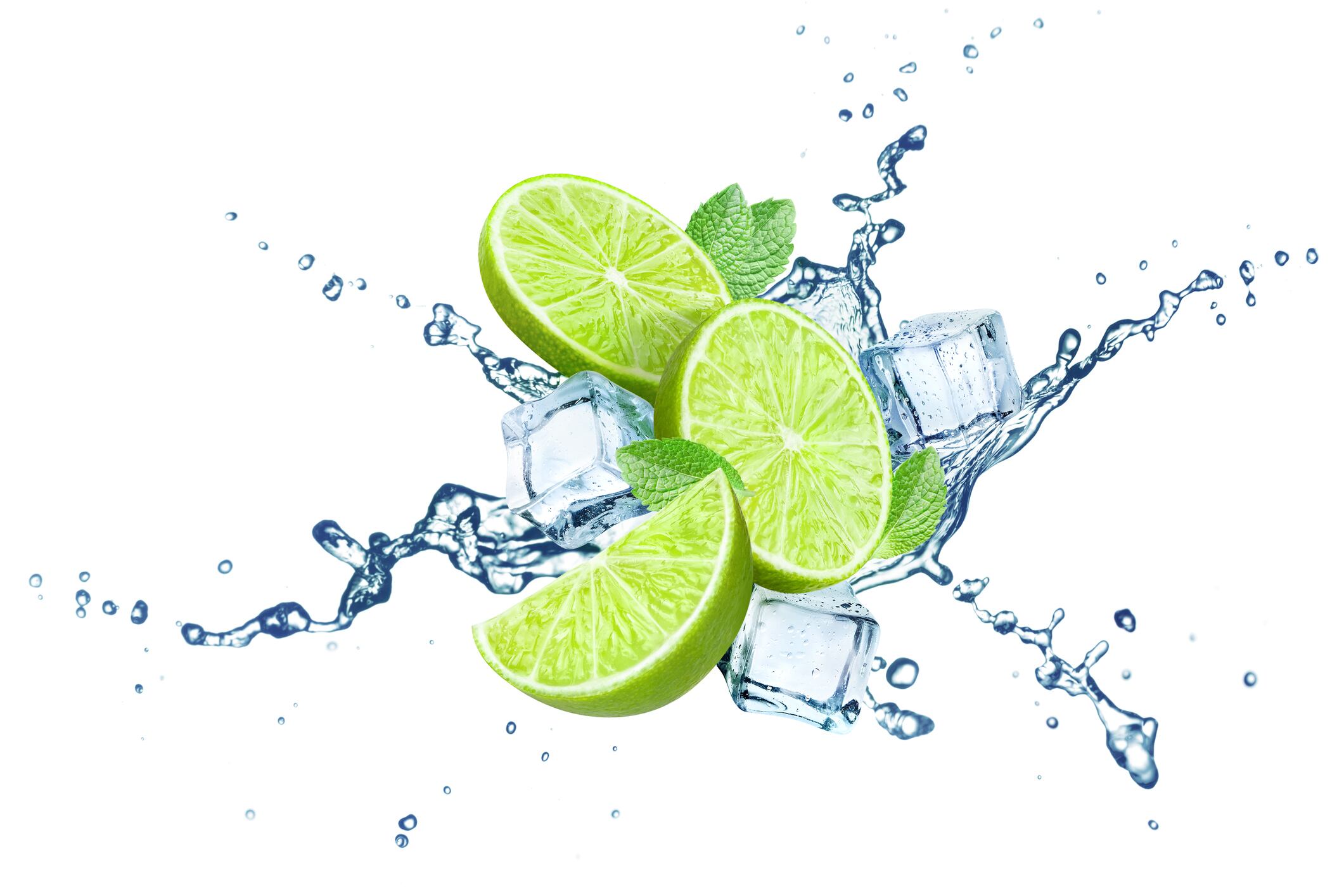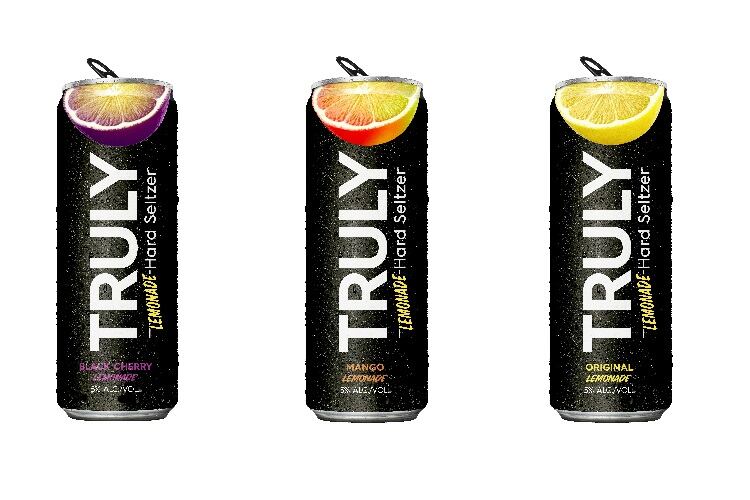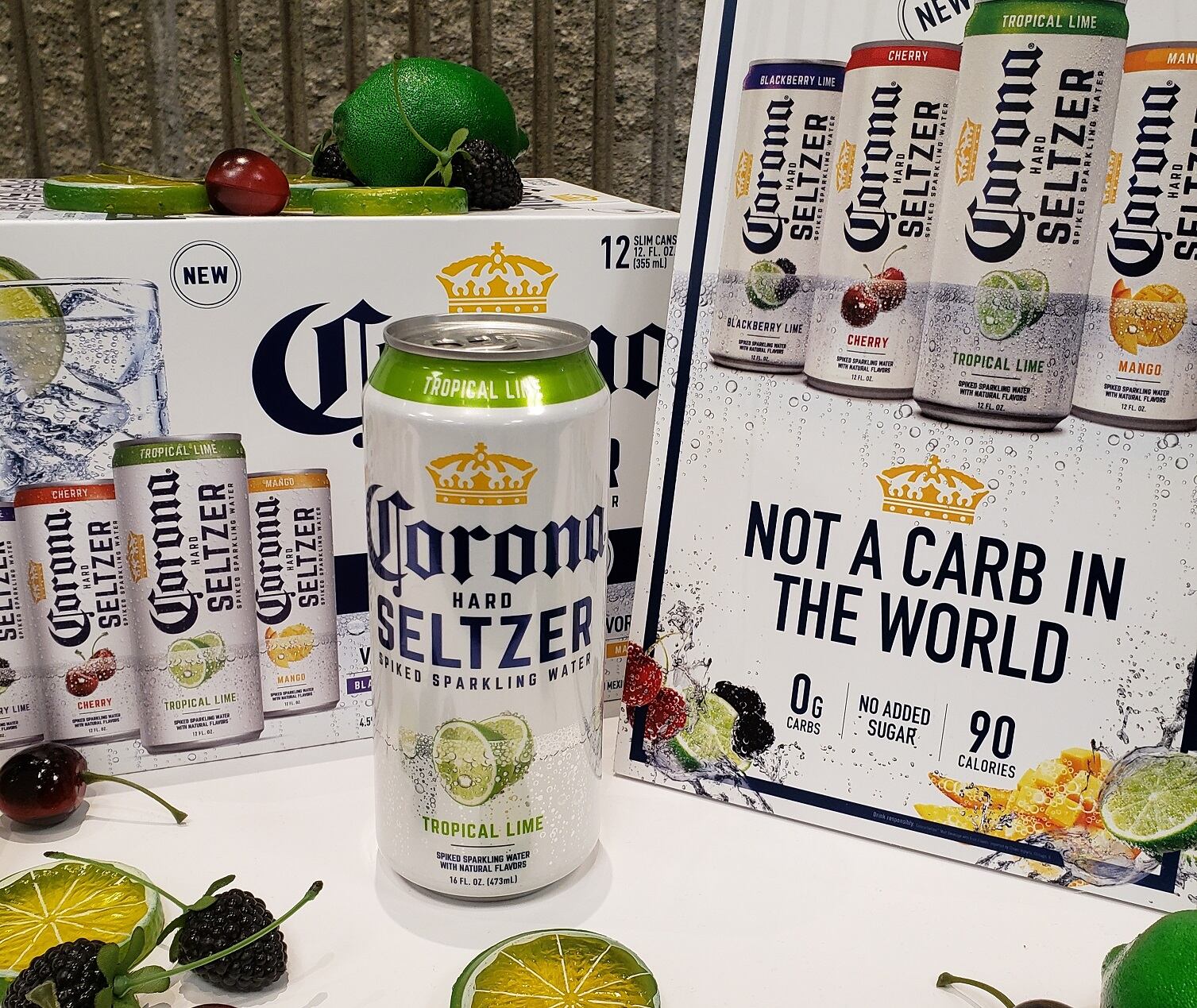AB InBev believes the key to success in the growing US hard seltzer category will be a portfolio approach: with a product range including Bon & Viv, Natty Light Seltzer and upcoming launch of Bud Light Seltzer. Its brands will be positioned differently: for example with premium brand Bon & Viv compared to Natty Light Seltzer at a more accessible price point.
“‘We believe that, as the category evolves, consumers will demand more choices and a portfolio approach is key to success,” says AB InBev’s CEO Carlos Brito.
And the megabrewer compares the rise of seltzer to the rise of craft: but with the difference that seltzer is a ‘game of big brands’ – and therefore a category where its muscle and economies of scale can give it the edge in the category.
‘A portfolio approach will be critical to long-term success’
The US has seen ‘significant growth’ from the hard seltzer segment, with consumers drawn to the premium, lower-calorie image of these sugar fermented, carbonated beverages. AB InBev views hard seltzer growth as positive for the malt beverage category in general, as it attracts consumers from other alcohol segments.
As the seltzer category evolves, AB InBev believes that consumers will expect more choice: and it is responding with a range of products.
In 2016, AB Inbev acquired SpikedSeltzer (which was an early entrant into the seltzer category in 2013), tucking into its High End craft division and rebranding it as Bon & Viv. Natural (‘Natty’) Light Seltzer launched across the US in August this year: as an extension of the reduced calorie light beer Natural Light.
Next will be Bud Light Seltzer, which will launch at the beginning of next year, with more innovations in the pipeline.
“We are expanding and enhancing our hard seltzer portfolio rapidly, starting with our premium brand, Bon & Viv, and with the recent successful launch of Natty Light Seltzer, which is positioned at a more accessible price point within hard seltzer,” said Brito.
- Bon & Viv: a 4.5% ABV seltzer with 90 calories and 0g sugar per 12 fl oz can.
- Natty Light Seltzer: a ‘flavor-forward’ 6% ABV drink in mango/peach and cherry/lime flavors.
- Bud Light Seltzer: 100 calorie per can, launch expected in early 2020
“Natty Light Seltzer is off to a strong start, and our share of segment has nearly doubled since its recent launch.”
These two brands are now among the top 15 share gainers of innovations in the malt beverage category in 2019, said Brito, quoting IRI figures.
“We are also excited to announce the upcoming launch of Bud Light Seltzer, which we believe will leverage the equity of an established brand in a new category. We believe we are well-positioned for success in this growing segment with our current portfolio and the exciting innovations we have in the pipeline.”
Seltzer: following in craft’s footsteps?
In the same way that craft beer brought revived interest to the US beer category, seltzer is bringing new energy to the beer and FMB categories, says Brito.
“Craft bought new interest to the category, new consumers, premium products - a growth segment,” said Brito. “Seltzer is the same. It's bringing new consumers: more than 50% of seltzer comes from outside of FMB, there’s better margins than the average of the beer segment. It connects with consumer trends of health and wellness and premiumization.”
And in the same way that AB InBev has built its presence in craft with a portfolio of brands, it believes the same strategy can work in seltzer.
“We think the way to win, like we did in the craft segment, is with a portfolio gain. If you think of craft, which came from behind, we caught up quickly. We built a portfolio of brands.... And if you add all our brands, we lead that segment in the US.
“So we think some of the same could happen in the seltzer category.
“It brings new news, new consumers, a growth segment, high profitability. We're coming from behind. We have Bon & Viv. And then, when we came with Natty Light Seltzer, we doubled our share within the segment. And now we're going to come, at the beginning of next year, with Bud Light Seltzer.
“So we believe what happened with craft could also happen. We have reasons to believe could happen with seltzer as well because of our wholesalers, because of our system, because of the strong brands we have that can transfer some of the exact equity to a new category.”
Seltzer: a game of big brands
In the craft category, large multinational brewers have always had to cope with the uneasy disjunct between their products and the core philosophy of the craft category as one made up of small, independent brewers. This challenge, however, doesn’t exist in seltzer.
In seltzer, AB InBev has the added bonus of being able to use existing brand equity (take for example with Bud Light and Bud Light seltzer) – something that just isn’t possible in the craft category. Add in the company’s might and muscle from its size and economies of scale, and all together this stands the company in a promising position to come out on top in the category, says Brito.
“Seltzer - at least so far - has been a game of big brands, national brands. I think that's much more of the game that people like us are very equipped to play. So scale matters.”
Fellow multinational brewer Constellation Brands is taking a similar approach to the category: with the launch of Corona hard seltzer planned for spring in the US. Like AB InBev, it sees the opportunity to draw on the beer’s brand equity – in this case drawing on its ‘refreshment DNA’ - to win in the category.




